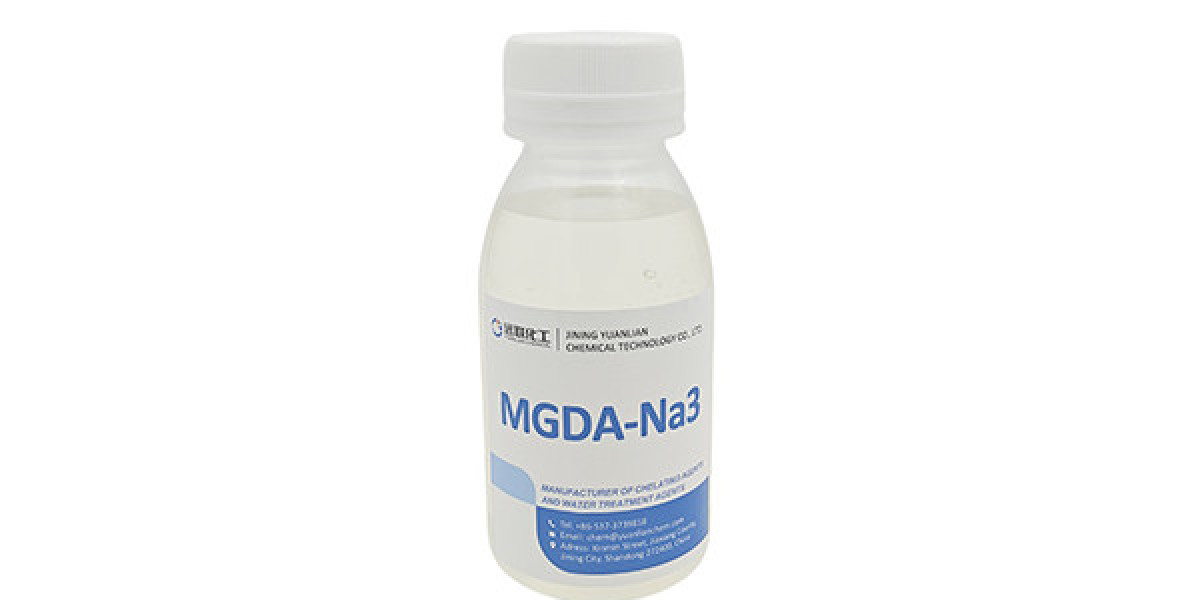The Molecular Architecture of Responsibility
MGDA's molecular structure represents a triumph of intentional design. Unlike earlier chelants developed with singular focus on binding capacity, MGDA's architecture incorporates both functional excellence and environmental destiny. The molecule features optimal spatial arrangement of carboxylate groups that create exceptional binding sites for metal ions, while maintaining a chemical backbone vulnerable to microbial digestion. This dual-purpose design philosophy marks a generational advancement in chemical engineering.
Quantifiable Advantages in Real-World Applications
The transition to MGDA delivers measurable benefits across multiple dimensions:
Energy Efficiency: Formulations containing MGDA demonstrate enhanced efficacy in low-temperature washing conditions (20-40°C), directly contributing to 15-30% energy reduction in laundry applications compared to traditional phosphate-based systems.
Resource Optimization: In industrial settings, MGDA's superior scale inhibition extends equipment lifespan by 18-25% and reduces maintenance downtime by preventing calcium carbonate and other mineral deposits in heat exchangers and processing vessels.
Waste Stream Management: MGDA's rapid biodegradability (achieving >80% mineralization in 28 days per OECD 301) transforms wastewater treatment from a disposal challenge into a natural process, eliminating concerns about persistent organic pollutants accumulating in aquatic sediments.
Strategic Implementation Across Industries
Progressive industries are leveraging MGDA's unique properties to achieve both operational and sustainability targets:
Food Processing: Major beverage companies utilize MGDA in Clean-in-Place (CIP) systems where it ensures mineral-scale-free equipment while meeting stringent food-contact safety regulations and avoiding persistent chemical residues in process wastewater.
Textile Manufacturing: Forward-thinking textile mills have integrated MGDA into their peroxide bleaching processes, where it simultaneously stabilizes the bleaching bath against catalytic decomposition and ensures consistent fabric whiteness without heavy metal contamination in effluent streams.
Institutional Cleaning: Healthcare and hospitality sectors benefit from MGDA-based cleaning protocols that provide hard water tolerance for disinfectants while aligning with green building certification requirements like LEED and BREEAM.
The Economic Calculus of Sustainable Chemistry
While initial cost analyses favored traditional chelants, the total value assessment reveals MGDA's economic advantage. When factoring in reduced environmental compliance costs, elimination of eutrophication mitigation expenses, brand enhancement from verified green chemistry adoption, and operational efficiencies from improved performance, MGDA delivers a 20-40% lifetime value premium over conventional alternatives.
Vision 2030: MGDA as a Platform for Innovation
Looking forward, MGDA represents more than a singular solution—it serves as a platform molecule for next-generation sustainable chemistry. Research initiatives are exploring:
MGDA-derived polymers for controlled-release agricultural nutrients
MGDA-functionalized membranes for selective metal recovery in mining wastewater
MGDA-enhanced catalytic systems for greener industrial oxidation processes
These innovations position MGDA not as a final solution but as a foundational technology in the circular economy.
Conclusion: Redefining Progress in Chemical Design
MGDA embodies a new paradigm where molecular design synchronizes with natural cycles rather than disrupting them. It demonstrates that the most advanced chemical solutions are those that achieve their purpose completely and then gracefully exit the environmental stage. For chemical formulators, MGDA offers performance without paradox; for regulatory bodies, it provides compliance without compromise; for the ecosystem, it delivers cleaning without consequence. In the continuous journey toward sustainable industry, MGDA stands as both milestone and beacon—proving that chemistry's highest achievement is to become invisible to the world it improves.







